On Wednesday, invited guests (and residents who heard about the ceremony) celebrated the rehabilitation of the Elaine I. Sprauve Library and Museum of Cultural Arts on St. John.
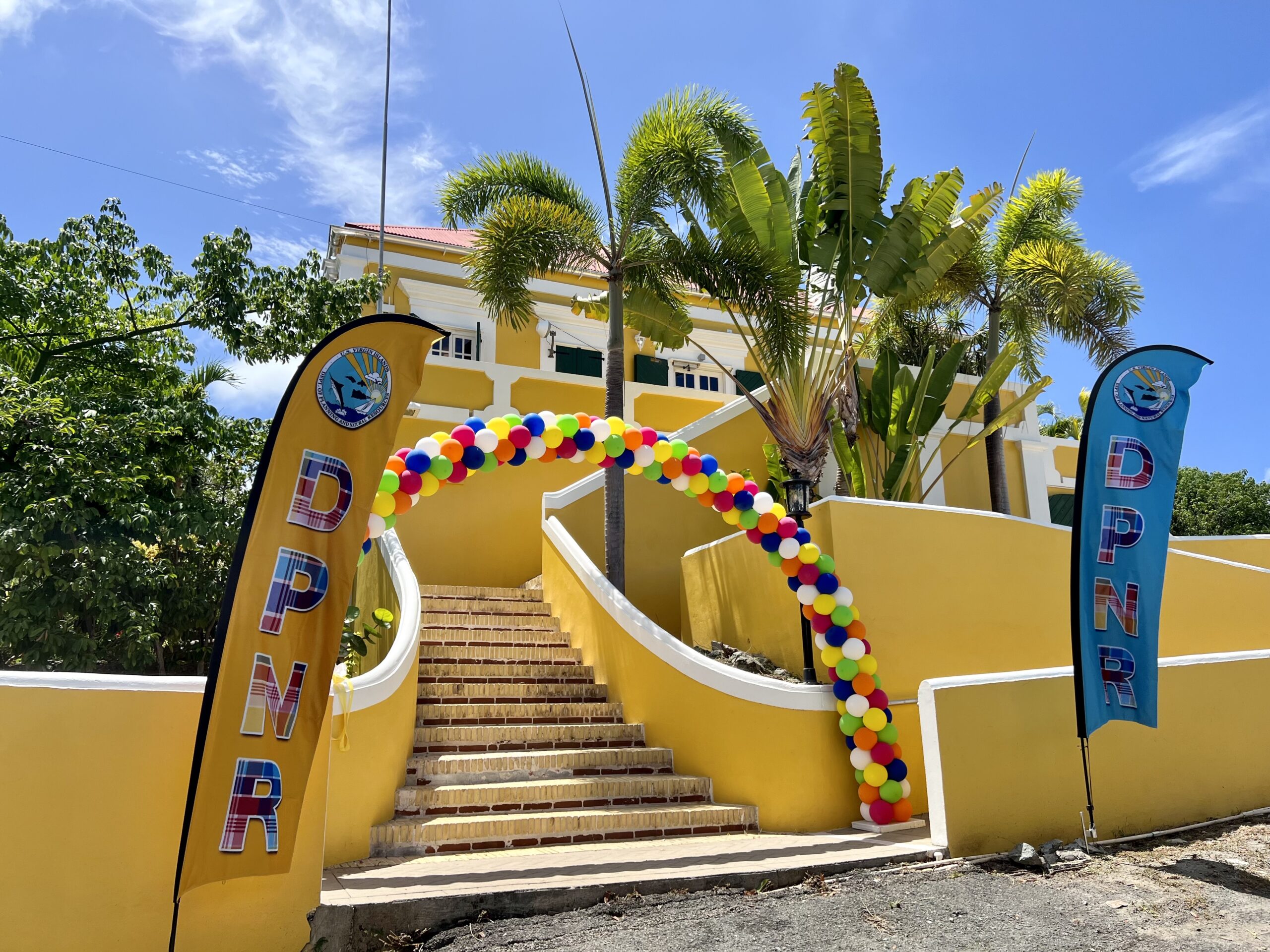
Among the guests of honor was Cleone Creque, a former V.I. senator who sponsored the movement in the late 1970s to rehabilitate the former great house in Estate Enighed (pronounced “en-nee-high” or “een-hide,” depending on whom you ask.) “Enighed” means “unity” or “harmony” in Danish.
As her godchild and close friend of Sprauve’s only daughter, Creque knew “Miss Elaine” well. She said Sprauve was devoted to her family, her island, and the Nazareth Lutheran Church. Sprauve worked as a teacher for 15 years and as an assistant to the island’s administrator for 30 years, in addition to volunteering with numerous civic groups. She died in 1997 at the age of 84.
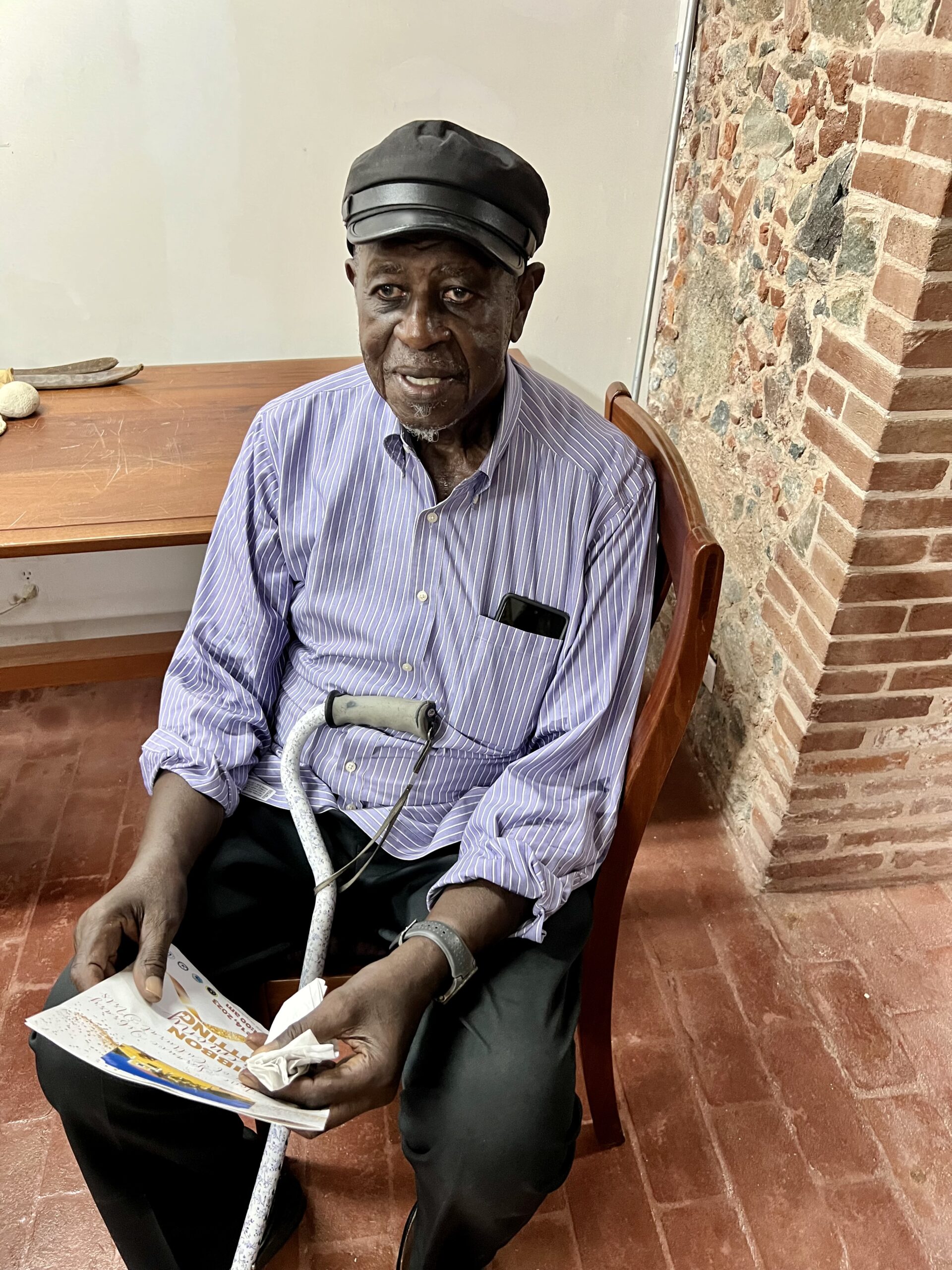
Gilbert Sprauve, a renowned author, professor, and political activist, also spoke at the ribbon cutting. He talked about his ancestor, John Bernadine Sprauve, a master mason who came from St. Thomas to help construct the great house from 1838 to 1845.
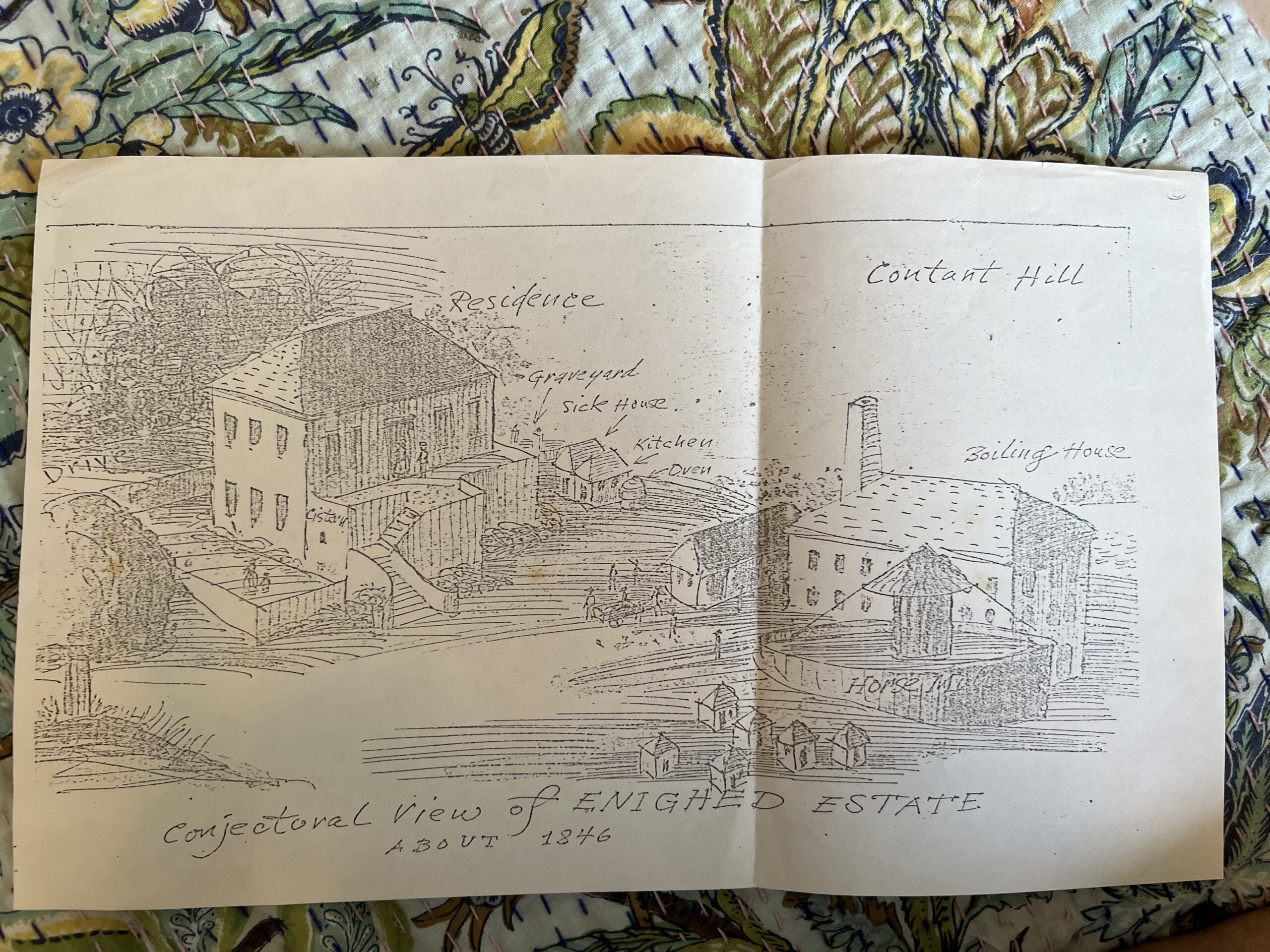
John B. Sprauve was also Elaine Sprauve’s great-grandfather, according to a 1982 booklet published at the dedication of the library by the Bureau of Libraries Museums and Archaeological Services.
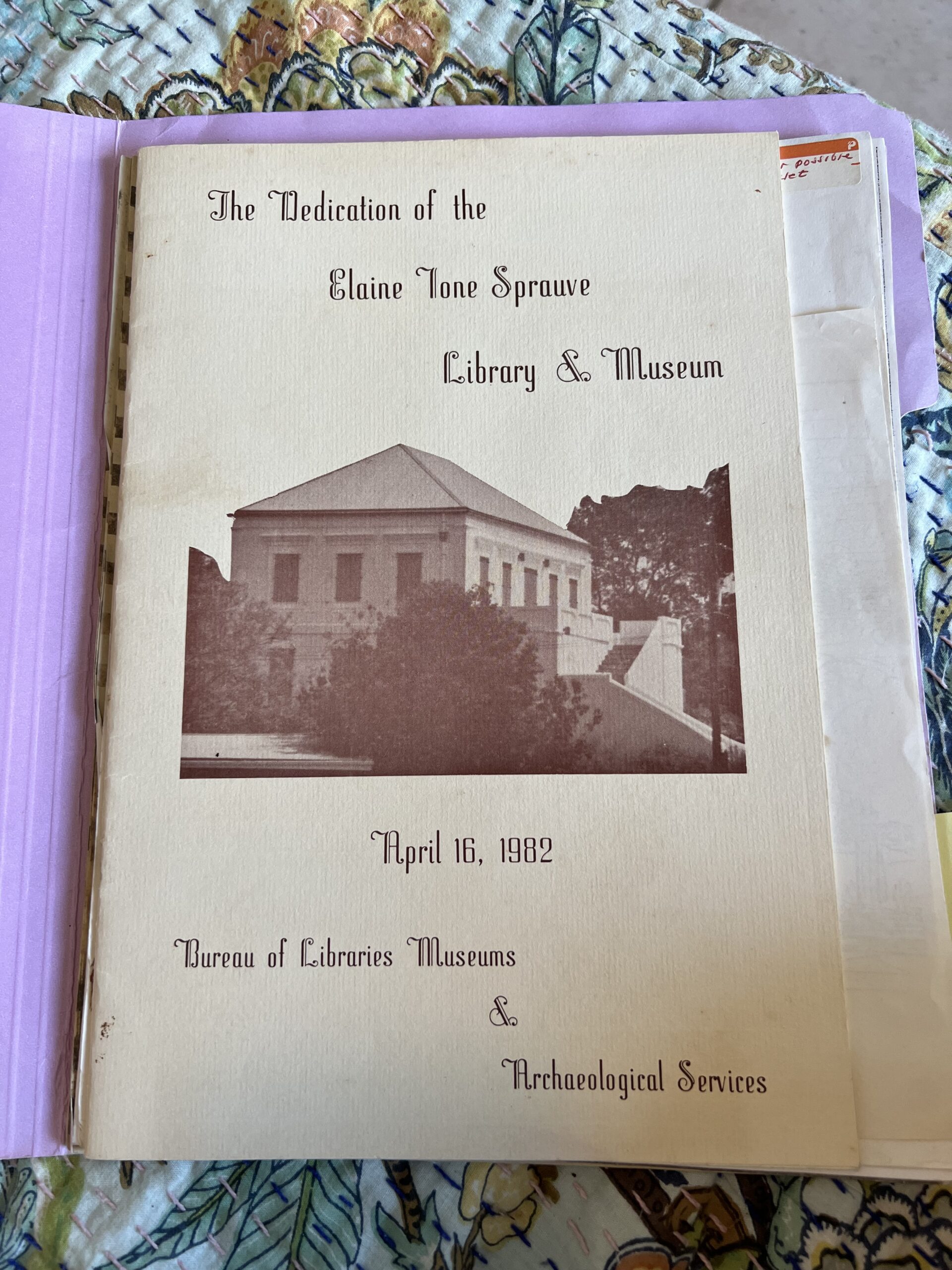
Historical records for the Enighed Estate go back as far as 1757 when William Wood, the presumed first owner, died. On the southern side of the library is a cemetery that contains his grave and those of 11 other members of his family. The Enighed Estate appears on Oxholm’s original 1780 map of St. John.
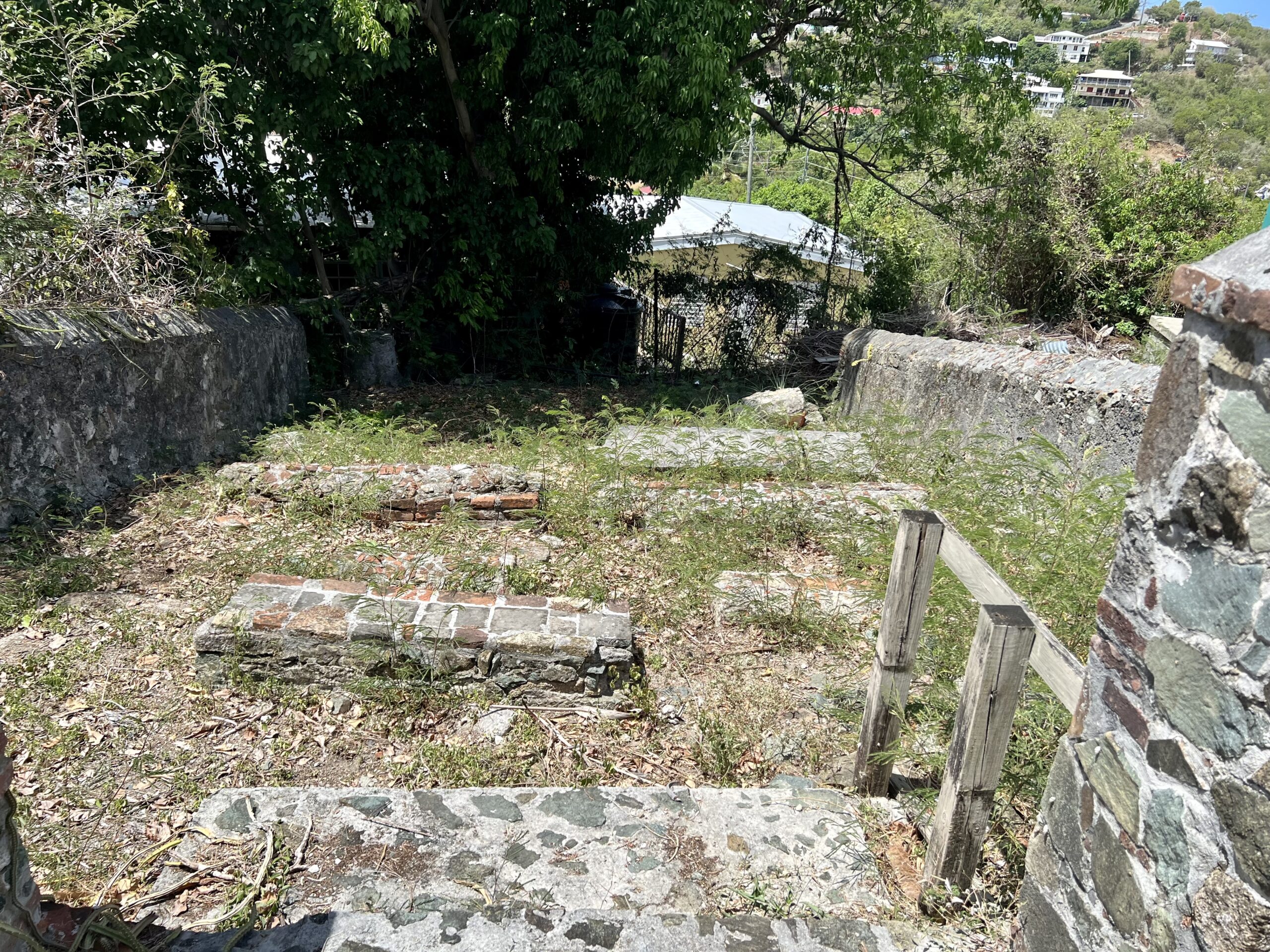
The original great house may have been destroyed by a hurricane. In any case, the structure that we know today was rebuilt in the mid-1840s by two brothers, Ernst, and Peter Weinmar. They inherited the estate from their father who came from a prosperous family of merchants and planters, according to a history compiled by members of the St. John Historical Society 40 years ago.
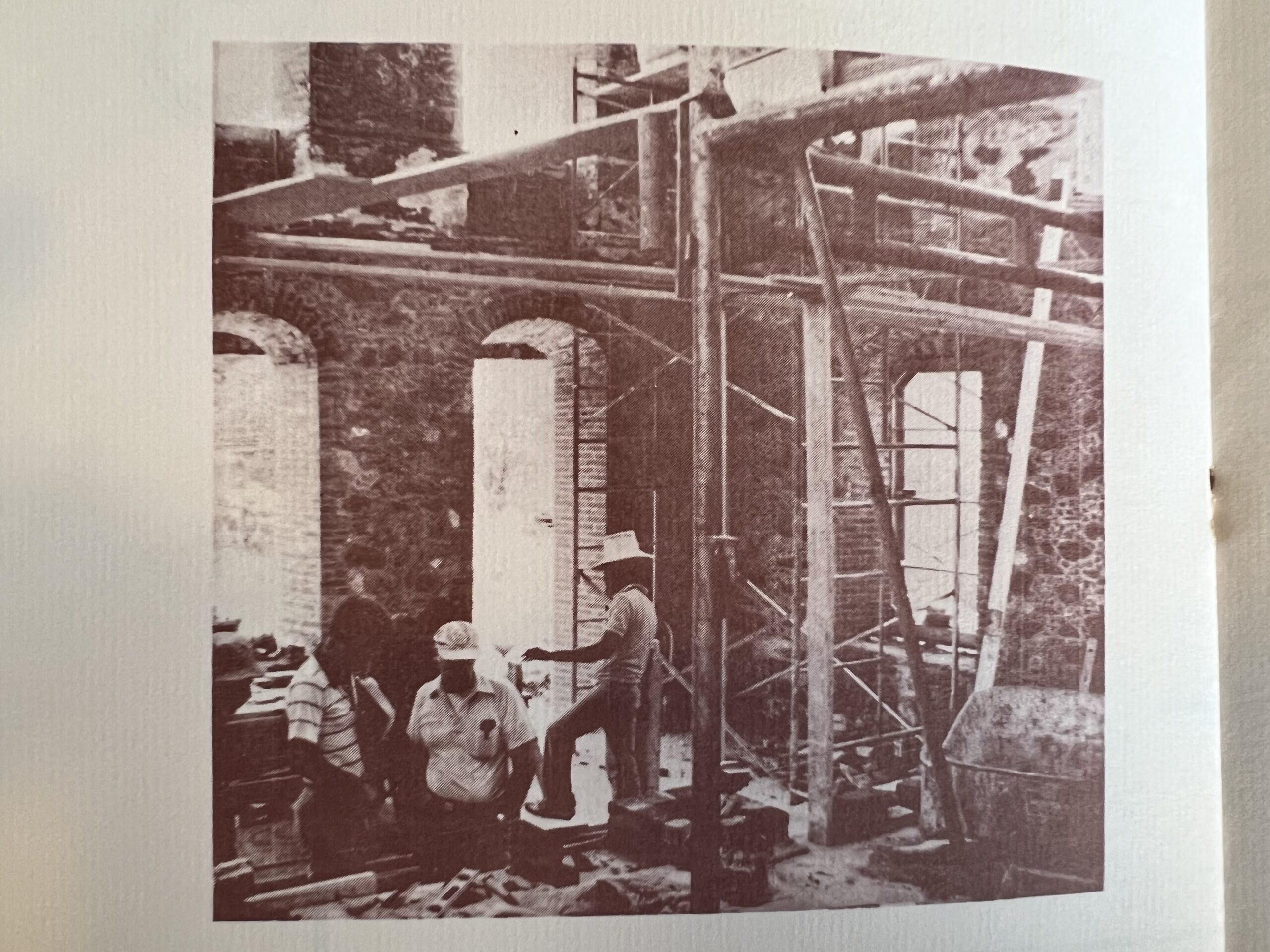
In the 1840s, the Enighed Estate included 60 acres of provisions, 40 acres of sugar, and 42 enslaved people who lived in seven houses on the southern slope of Enighed Pond.
After the Danish government outlawed slavery in 1848, the profitability of the plantation failed, and the brothers declared bankruptcy in 1852. In the following decades, at least six owners held the property until 1899 when Judge Jens Jorgensen, a Danish administrator, acquired the estate.
At that time, the property “had been all but abandoned for 15 years,” according to the booklet. The only ongoing commercial production was charcoal, which was unlucky for Jorgensen: a spark from a charcoal fire set the great house ablaze, and the building “was never repaired or lived in again.” Most of the estate was then divided up for homesteading in the 1940s, and the ruin of the building was acquired by the territory.
Local interest in reconstructing the historic building slowly grew until 1976 when the building was admitted to the National Register of Historic Places. By then, funding from a Community Development Block grant made reconstruction possible.
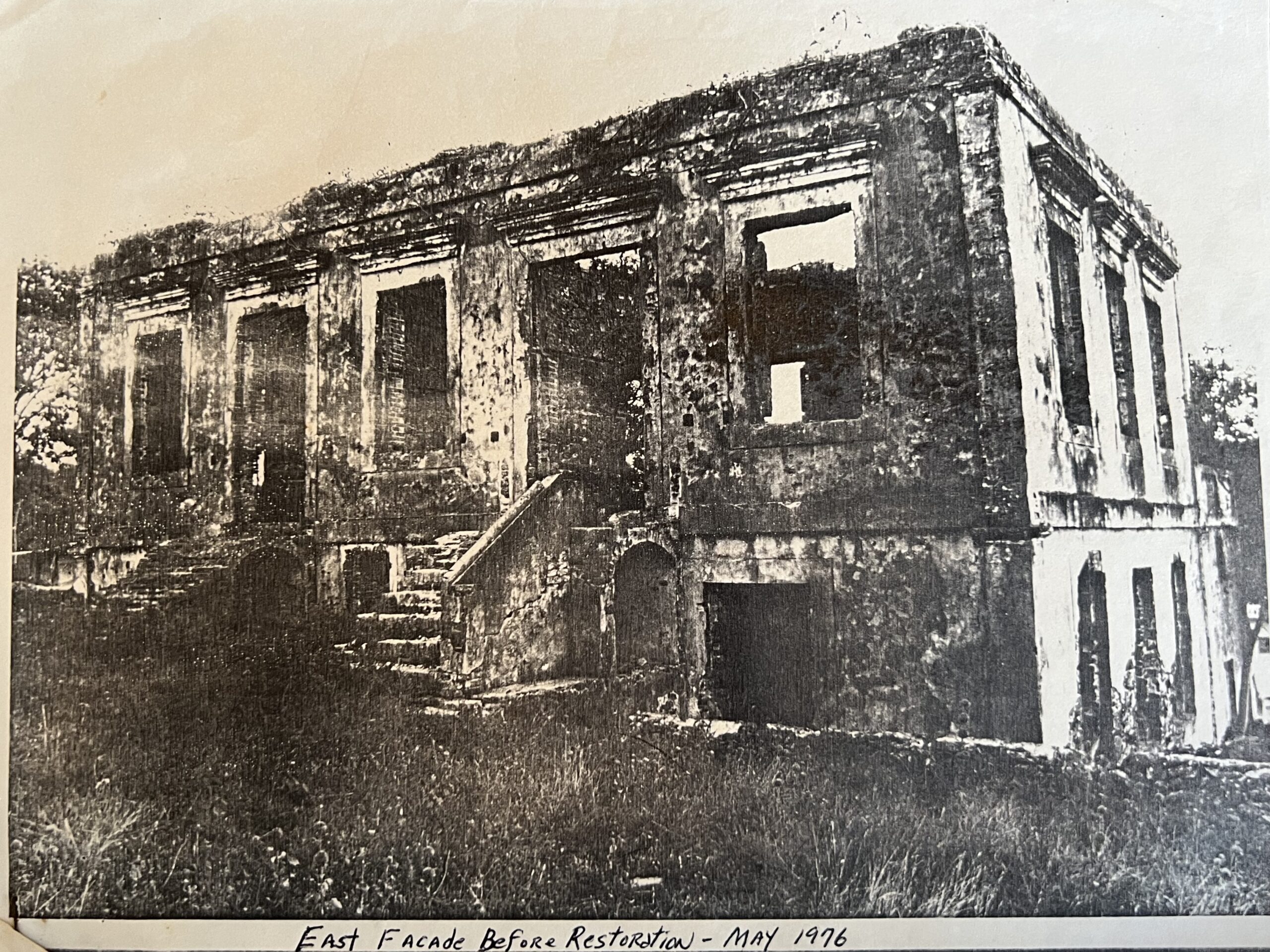
Great care was taken to restore the property as authentically as possible. Contractors wrote to Denmark to find yellow bricks to match those on the staircase. (Eventually, a stateside source was found.)
Under the guidance of Ted Fults of Design Collaborative, in only two years – from 1980 to 1982 – the building evolved from a burned-out shell to the splendid structure it is today, with inner stone walls, elaborate interior woodwork, and the impressive “welcoming arms” staircase.
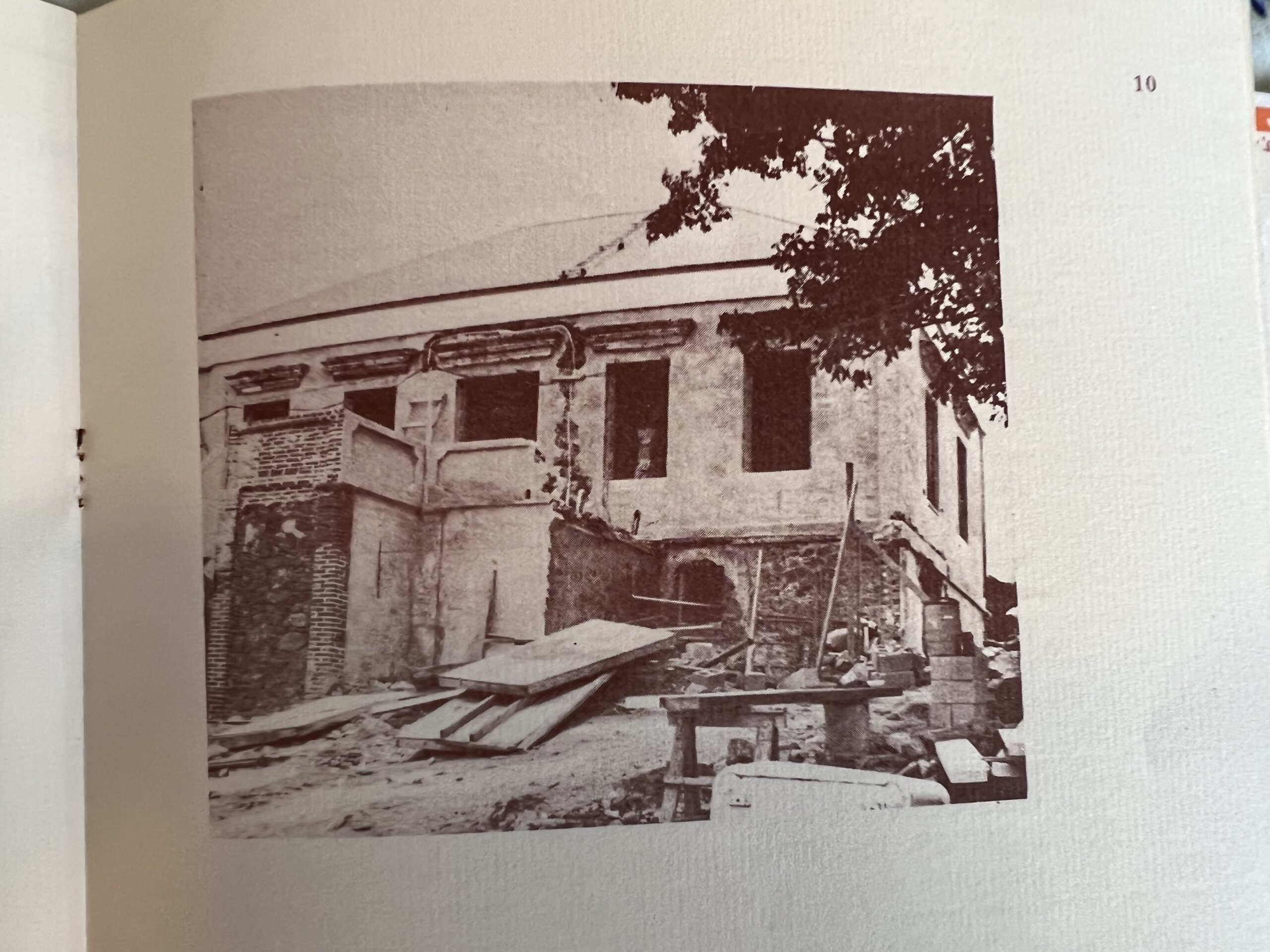
Long-time residents of St. John have wondered why in this century, it’s taken four years to repair the roof, shutters, bathrooms, and air conditioning units when it took only two to rebuild the entire structure in 1982.
In any case, most residents are just happy to see the building ready to welcome youngsters and adults.
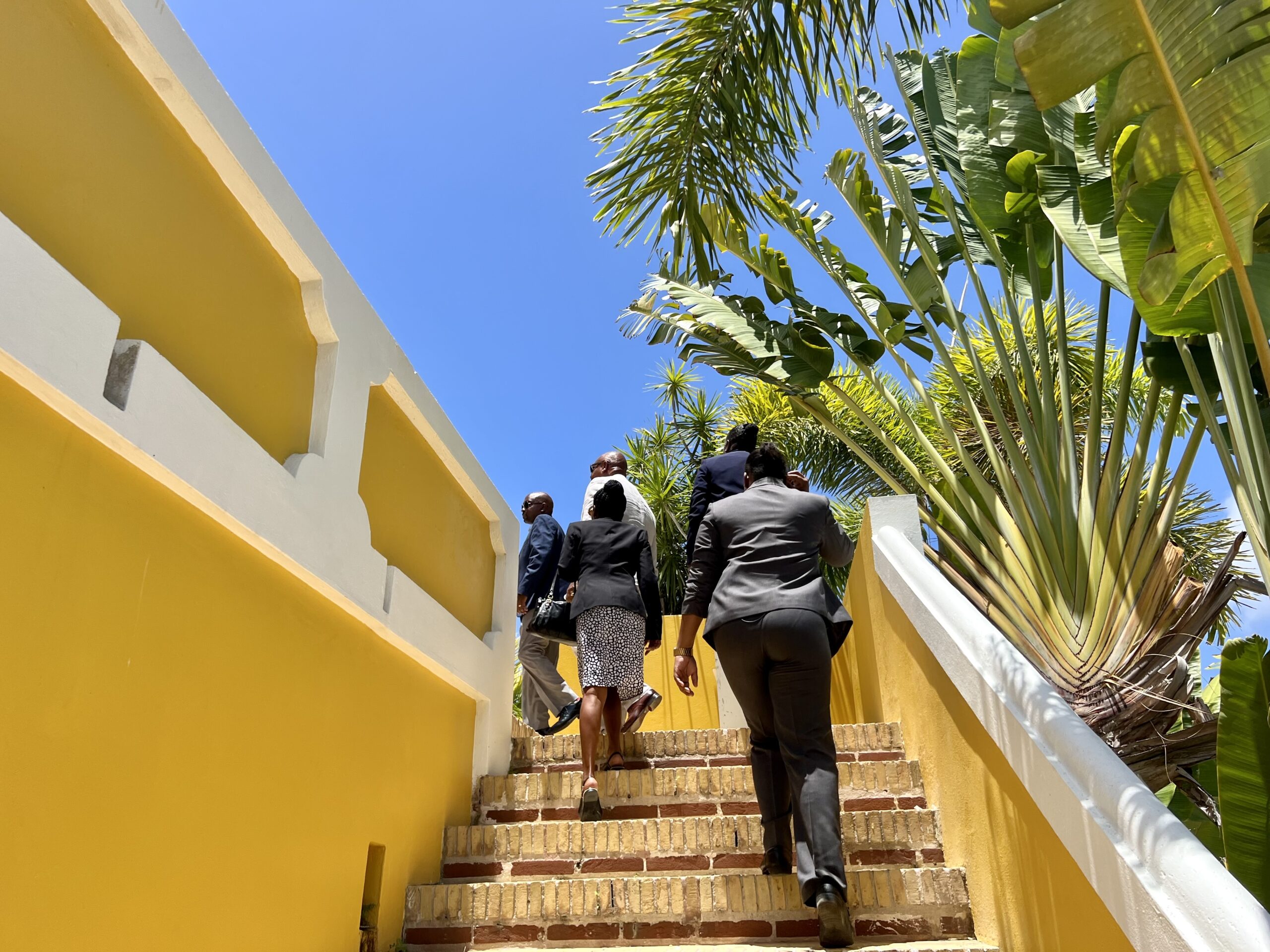
“I am thrilled to see the library finally opening their doors after years of delays and excuses,” said architect Erin Lieb, who has kept the project in the public eye for the past four years.
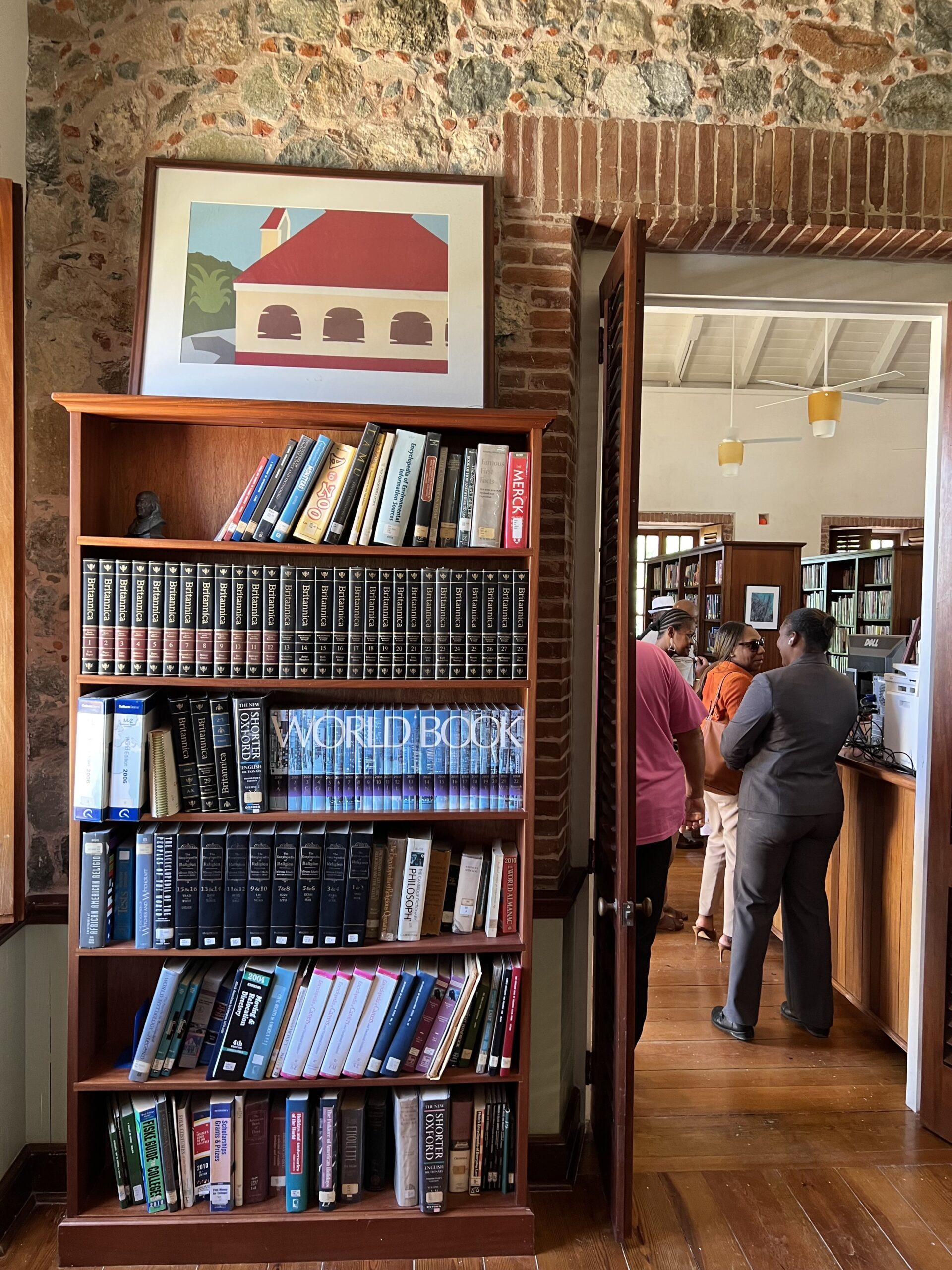
“I am excited to hear about programming and ways that the community can get involved,” Lieb continued. “Hopefully, this beautiful historical building will serve as a gathering space, activity space, learning center, safe space, and an escape from the heat for all residents and visitors to St. John.”
Editor’s note: This is part two pf a series. Link: https://stthomassource.com/content/2023/06/15/ribbon-cut-for-st-john-library-building-remains-closed-for-now/


